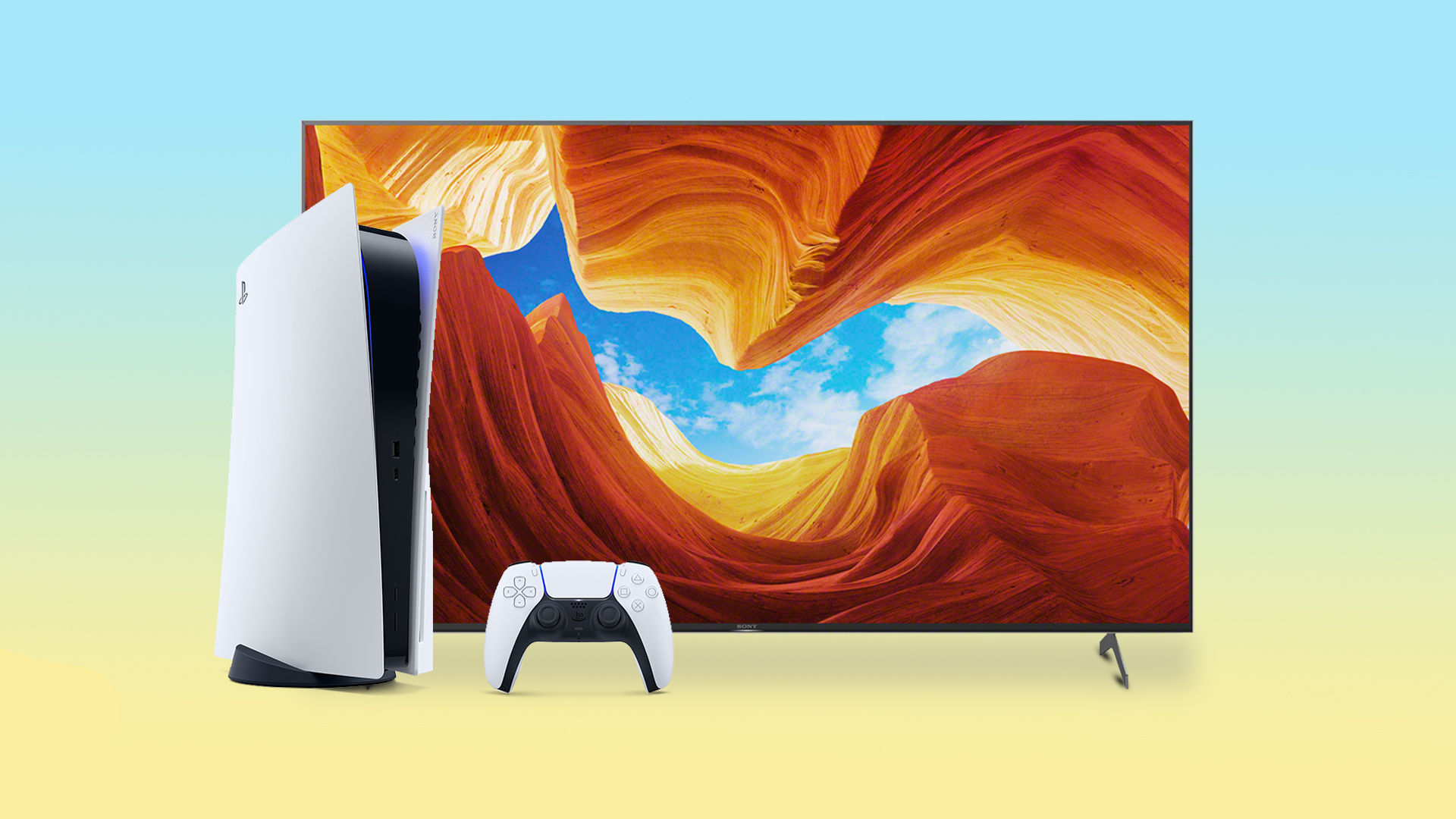Why VRR coming to the PS5 at last is a big deal (and why it has a big problem)
It's another weapon in the battle between resolution and graphical quality – as long as you have a TV that supports it


Sony has just announced that the PS5 is finally getting VRR (variable refresh rate) support in the coming months – a feature that is literally promoted on the packaging of the console, but has remained absent so far. (As is 8K support, but we'll worry about when that's coming another day…)
I've been waiting eagerly for this news, because VRR is an important tool in the battle for getting the best-looking games possible at the best performance, and it means the PS5 has been working with one arm tied behind its back, even if you have one of the best gaming TVs.
The point of VRR is that it enables games to change their frame rate on the fly without causing any visible graphical effects, such as screen tearing. Without VRR, PS5 games need lock their frame rate to 30fps, 60fps or 120fps, because this matches the rate at which TVs refresh their panels by default.
This means that whenever the console is ready to send a new frame, the TV is ready to display one – everything is in sync, and so each frame is shown perfectly. But if some huge graphical effect causes the console to drop its frame rate a little, then the console's fps rate and the TV's refresh rate go out of sync, and the TV refreshes when the console has only half finished creating a frame, meaning that you get this juddering effect and a split on-screen between two frames.
What VRR does is make the console the boss of the TV's refresh rate. It tells the TV to only refresh when a new frame is ready, rather than simply refreshing at set intervals, meaning that the two are in sync no matter what happens to the frame rate.
Here's a video from our VRR explained guide that shows the difference using Nvidia's version of the tech, G-Sync (the principle is exactly the same, though).
So why does this help in the fight to balance graphical quality and resolution? Take Horizon Forbidden West as an example. In that game, you need to choose between a 30fps mode at full 4K resolution, or a 60fps mode with lower native resolution. Because the game has to lock to one of these two frame rates, that dictates how good it can look graphically.
Get all the latest news, reviews, deals and buying guides on gorgeous tech, home and active products from the T3 experts
But perhaps there could be some kind of 'VRR mode' in the future, that offers full 4K resolution, but is able to hover the framerate somewhere between these two modes – maybe it varies from 40fps to 50fps, depending on how crazy things are getting on-screen. This would feel much smoother than the 30fps version, but would offer all of its graphical fidelity.
The down side
There is a problem with Sony's VRR plans, though: there are three ways for TVs to support VRR, and the PS5 only works with one of them.
The PS5 will only work with the HDMI 2.1 VRR format, which means your TV needs to have HDMI 2.1 ports for it to work. These have only been available in fairly high-end TVs, with the price of sets with HDMI 2.1 ports only just starting to come down now. It's the same story with the best gaming monitors – HDMI 2.1 support is not very common, and even when it is, it's in higher-end screens.
What I really wanted to see from the PS5 was AMD FreeSync support, which works with a ton of gaming monitors and cheaper TVs (including almost all of the best Samsung TVs, even the bargain models). The Xbox Series X supports this (yes, Sony is very much playing catch-up with this whole thing, and doing a pretty awkward job of it), and both consoles are based on AMD hardware, so it certainly didn't seem outside the realm of possibility, but it didn't happen.
The third way is Nvidia G-Sync, which is also on a ton of monitors, but far fewer TVs – though many of the best LG TVs do – but was never really going to happen from the consoles, so that's no issue.
Of course, this just goes further to push Sony's own TVs as the best way to play your PS5 – lots of those models were recently updated to support HDMI 2.1 VRR, and they work with a special tone-mapping HDR mode on the PS5 to make games look their very best… but it only works with certain Sony TVs. Again, Xbox does this better by supporting Dolby Vision HDR instead, which does the same thing but with any TV that supports Dolby Vision (which is most, these days).
In any case, the addition of VRR to the PS5 is massively exciting for those who have an HDMI 2.1 TV already, or will be getting one soon. And that will be more and more of us as the newer connectivity keeps trickling down the cheaper models in time to come.

Matt is T3's former AV and Smart Home Editor (UK), master of all things audiovisual, overseeing our TV, speakers and headphones coverage. He also covered smart home products and large appliances, as well as our toys and games articles. He's can explain both what Dolby Vision IQ is and why the Lego you're building doesn't fit together the way the instructions say, so is truly invaluable. Matt has worked for tech publications for over 10 years, in print and online, including running T3's print magazine and launching its most recent redesign. He's also contributed to a huge number of tech and gaming titles over the years. Say hello if you see him roaming the halls at CES, IFA or Toy Fair. Matt now works for our sister title TechRadar.